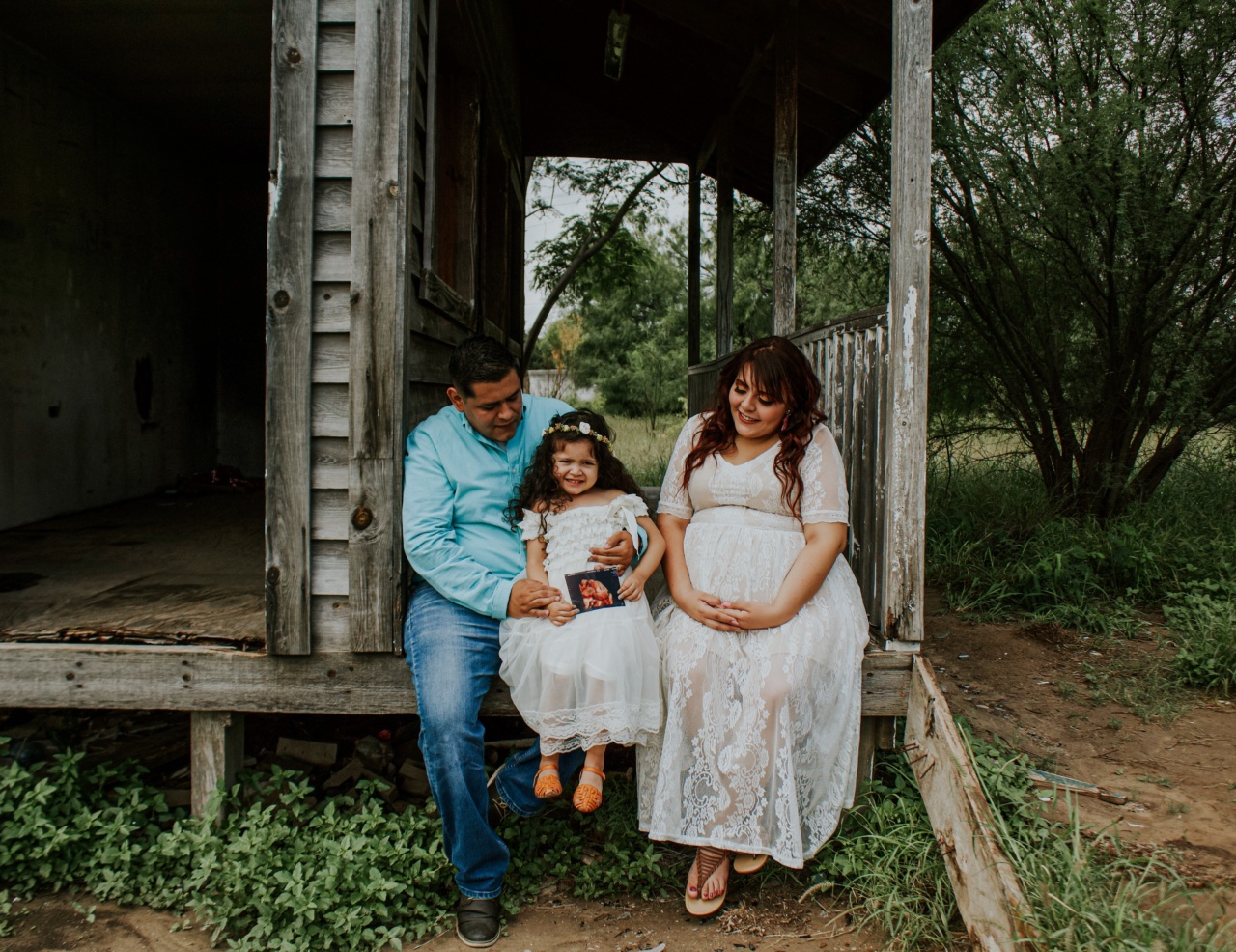Pregnancy is a natural phenomenon that occurs when an egg is fertilized by sperm and implanted in the uterus. However, the likelihood of pregnancy varies with age and other factors.
Women are born with a certain number of eggs, and as they age, the quantity and quality of these eggs decrease. This decrease can affect fertility and the likelihood of pregnancy. In this article, we will explore at what age does the likelihood of pregnancy decrease, and the factors that contribute to this decline in pregnancy rates.
Factors affecting pregnancy likelihood
Various factors can impact the likelihood of pregnancy. Age is one of the most critical factors that affect fertility rates and pregnancy rates. Other factors include genetics, weight, lifestyle, health conditions, and medication.
In the following sections, we will explore each of these factors more in-depth.
How age affects pregnancy likelihood
Age is a significant factor that affects fertility rates and pregnancy rates. A woman is born with all the eggs that she will ever have, and the number and quality of these eggs decrease as she ages.
As a result, women in their 20s are the most fertile, and fertility rates begin to decline after age 30. After age 35, fertility rates decline more significantly, and the chance of pregnancy decreases each year.
According to the American College of Obstetricians and Gynecologists (ACOG), the likelihood of getting pregnant in any monthly cycle declines by approximately 3-5% in women in their early 30s, and this decline accelerates after the age of 35.
By the age of 40, the chance of getting pregnant in any monthly cycle is approximately 5%, and it is less than 1% by age 45.
However, it is essential to note that even if a woman is still ovulating, pregnancy becomes more difficult with age, and the risks of complications during pregnancy also increase significantly.
This is because as a woman’s body ages, it becomes less effective at producing a healthy and viable pregnancy. The risks of miscarriage, stillbirth, and chromosomal abnormalities also increase as a woman ages.
Genetics and pregnancy likelihood
Genetics play a role in determining a woman’s fertility rates and pregnancy likelihood. Some women may be genetically predisposed to certain fertility issues or have inherited conditions that affect reproductive health.
For example, polycystic ovary syndrome (PCOS) and premature ovarian failure can impact a woman’s fertility and the chance of getting pregnant.
Weight and pregnancy likelihood
Weight can also impact fertility and pregnancy likelihood in both men and women. In women, being overweight or underweight can affect ovulation, the menstrual cycle, and hormonal balance, which can make pregnancy more challenging.
According to the Centers for Disease Control and Prevention (CDC), women who have a body mass index (BMI) of less than 18.5 or more than 24.9 may have a harder time getting pregnant.
In men, obesity can reduce sperm quality and quantity, which can make conception more difficult. Men who are overweight or obese may also experience hormonal imbalances that affect fertility rates.
Lifestyle factors and pregnancy likelihood
Certain lifestyle factors can affect fertility rates and pregnancy likelihood. Smoking, alcohol consumption, and drug use can all impact reproductive health in both men and women.
These habits can reduce sperm quality, damage eggs, and interfere with hormonal balance, making pregnancy more challenging. Maintaining a healthy lifestyle by exercising, eating a healthy diet, and avoiding these harmful habits can help improve fertility rates and increase the likelihood of pregnancy.
Health conditions and medication use and pregnancy likelihood
Various health conditions and medications can impact fertility rates and pregnancy likelihood. For example, conditions such as endometriosis, uterine fibroids, and polyps can affect the uterus’ ability to support a pregnancy.
Certain medications such as chemotherapy drugs, antidepressants, and some antibiotics can also impact fertility rates and decrease the chance of getting pregnant.
Conclusion
The likelihood of pregnancy decreases with age, and this decline accelerates after age 35. However, various factors can impact fertility and pregnancy rates, including genetics, weight, lifestyle factors, health conditions, and medication use.
Women who are trying to get pregnant should consult with a healthcare provider to determine any underlying factors that may impact fertility rates and take steps to optimize their reproductive health.































